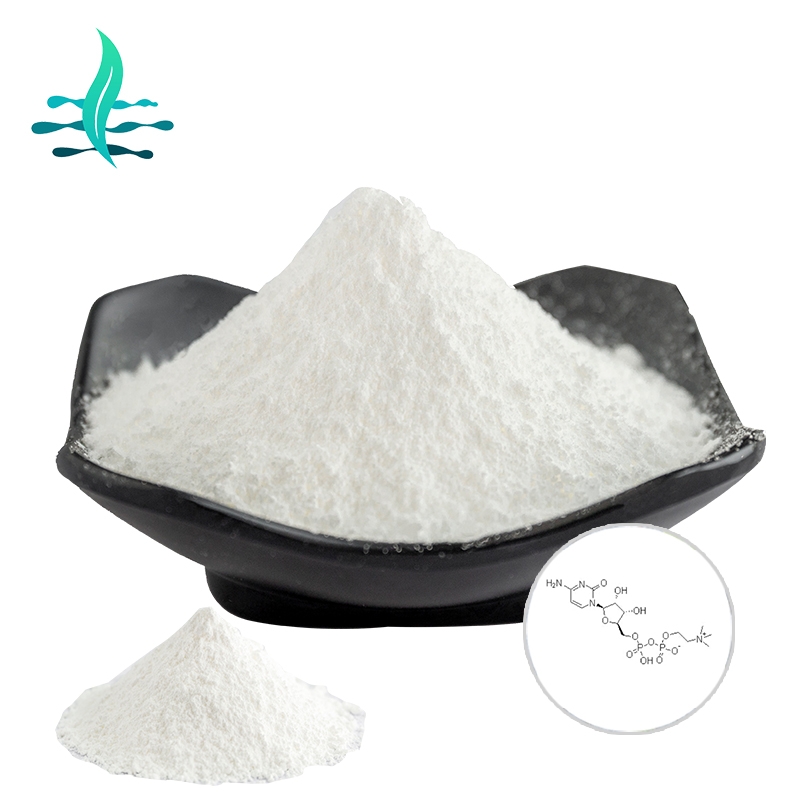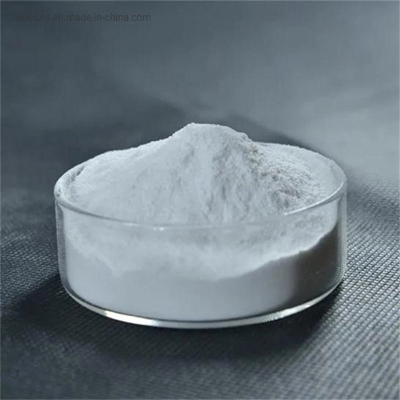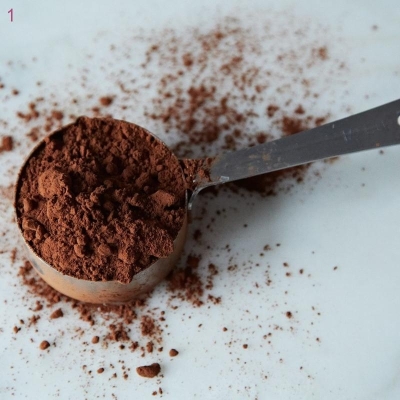The pressure balancing method (pressure chamber method) determines the water potential of plant tissue
-
Last Update: 2021-01-07
-
Source: Internet
-
Author: User
Search more information of high quality chemicals, good prices and reliable suppliers, visit
www.echemi.com
, principle
plant leaves through the evapotering effect of continuous water loss to the surrounding environment, resulting in steaming pull. The moisture in the catheter forms a continuous column of water due to the force of cohesion. Therefore, for steaming plants, the water column in its catheter is subjected to a certain amount of pressure or negative pressure due to the role of steaming pull, so that the water is transported consistently upward.
when the blades or branches are cut off, the fluid flow in the wood part quickly retracts back to the wood part due to the lifting of the stress. The blades are loaded into the pressure chamber cylinder, the leaf handle inlet is outward, gradually pressurized, until the fluid flow in the catheter is revealed at the inlet, the pressure applied is just offset by the original negative pressure in the complete plant catheter. The pressure applied at this point (often referred to as equilibrium pressure) increases the water potential in the blades to water equivalent to the potential for liquid penetration in ψs open atmosphere. Since the juice entering the woody catheter through the complete living cell semi-permeable membrane around the catheter, its permeability is often close to zero (the active solute content is very low), so there is a lower-form establishment:
P-ψW-ψs≈0 (14-2) P in the
ψW-P
type: equilibrium pressure (positive);
ψW: water potential (negative value) of leaves or branches);
ψs: penetration of woody juice.
II, instruments and appliances
pressure chamber 1; cylinder 1 filled with compressed nitrogen (about 95% nitrogen content); scissors 1; double-sided blade; magnifying glass; plastic bag; gauze.
, method steps
below to the United States soil moisture instrument company produced 3005 type pressure chamber as an example, introduced the use of methods.
1. Equipment preparation. Connect the end of the high-pressure hose in the pressure chamber to the air out of the cylinder. The pressure chamber master valve rotates to the "closed" position. Tighten the metering valve clockwise. Remove the pressure cap from the pressure chamber, rotate the bolts on the pressure cap to secure the sample counterclockwise, and place the cap vertically in the groove of the sample treatment plate. Open the air seal valve for the high-pressure cylinder.
a layer of wet filter paper on the inside of
cylinder
reduce the potential of water caused by evaporation. Select a certain leaf (or small branch), cut off from the handle of the leaf, cut flat (if sampled outdoors, you can put the blades in a plastic bag, put a piece of damp gauze in the plastic bag, quickly bring back). The blades are quickly loaded into the central hole of the sampler, the inlet reveals the potential ring 3 to 5MM, and the spiral ring sleeve is tightened. Quickly place the sampler in the cylinder and rotate the locking sampler clockwise.
2. Rotate the pressure-control t-way valve to the "pressurized" position, open the regulator valve, and pressurized at a rate of 30 to 50 kPA per second. The left hand magnifying glass carefully observes the changes in the sample incision from the side, and when the incision appears in the water film, quickly close the pressure control tread valve and record the pressure meter reading, which is the equilibrium pressure.
3. Rotate the three-way valve exhaust to reduce the pressure reading by 0.1 to 0.2MPA, and then re-measure the equilibrium pressure. The water potential value of the sample is represented by the average of the two results.
4. Rotate the pressure control t-way valve to the "exhaust" position, degass, and return the gauge needle to zero. Rotate the sampler counterclockwise, remove the sampler, and then perform a second sample determination.
, note the
1. Do not tighten the spiral ring sleeve too tightly when loading, so as not to
the
.
2. The pressurized speed must not be too fast, and the pressurized speed should be slow when approaching the water potential of the blades, otherwise it will affect the accuracy of the measurement.
3. Be safe and do not place your face directly above the top cover of the cylinder when pressurized.
. High-pressure cylinders are dangerous and care should be taken when handling
This article is an English version of an article which is originally in the Chinese language on echemi.com and is provided for information purposes only.
This website makes no representation or warranty of any kind, either expressed or implied, as to the accuracy, completeness ownership or reliability of
the article or any translations thereof. If you have any concerns or complaints relating to the article, please send an email, providing a detailed
description of the concern or complaint, to
service@echemi.com. A staff member will contact you within 5 working days. Once verified, infringing content
will be removed immediately.







